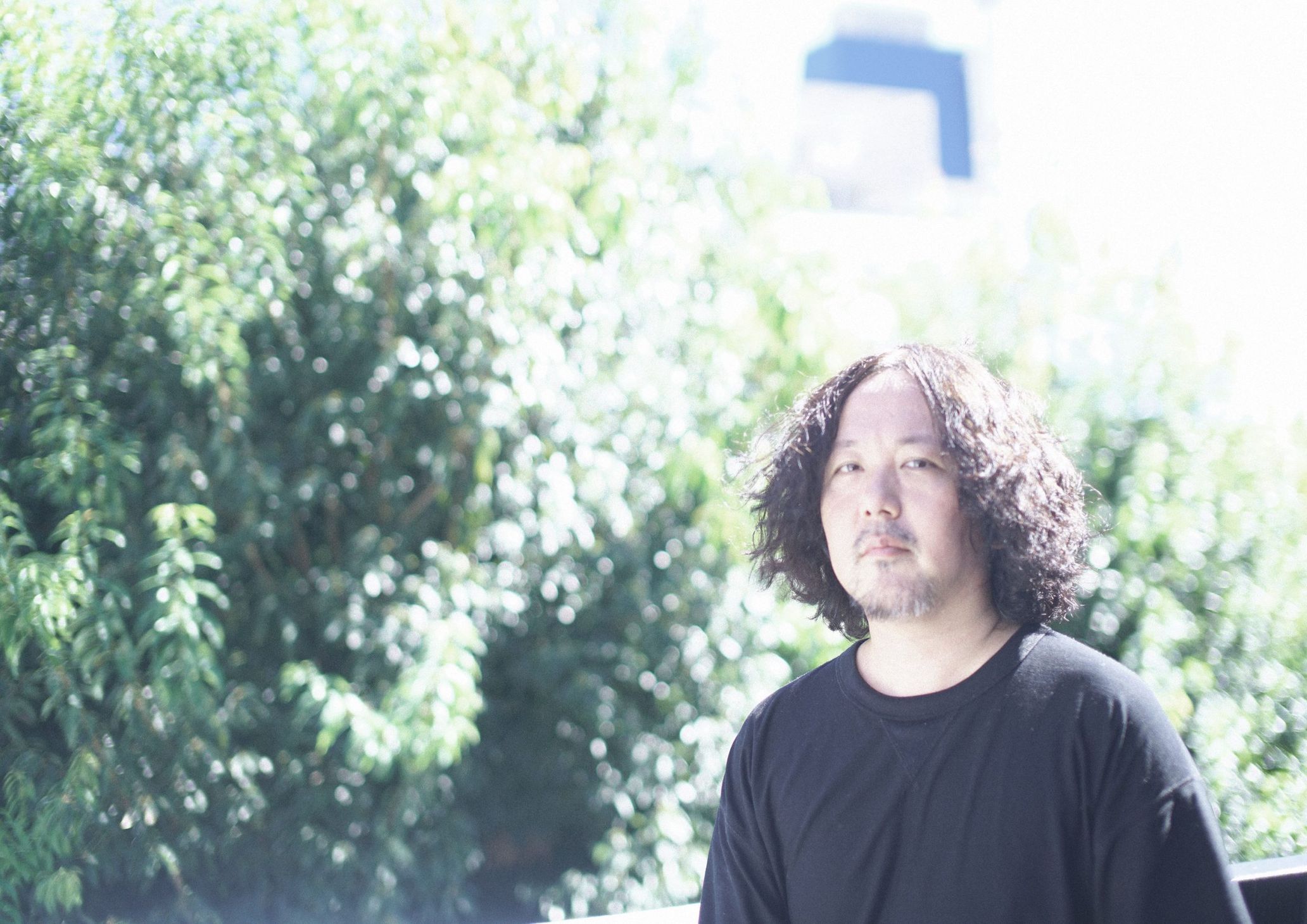
Hiroshi Tanida
Tanida is a fashion designer with a grandmother and mother who were teaching at Japanese dressmaking schools. In his second year of middle school, he decided to become a fashion designer instead of a manga artist. After graduating from Nagoya Mode Gakuen, he worked as a store merchandiser in Osaka. In 2001, he moved to Tokyo and participated in the launch of “DIET BUTCHER SLIM SKIN”. He established his own brand, “STOF” in 2004.
Instagram:@byestof
X:@BYESTOF
Looking back on the brand’s 20-year history
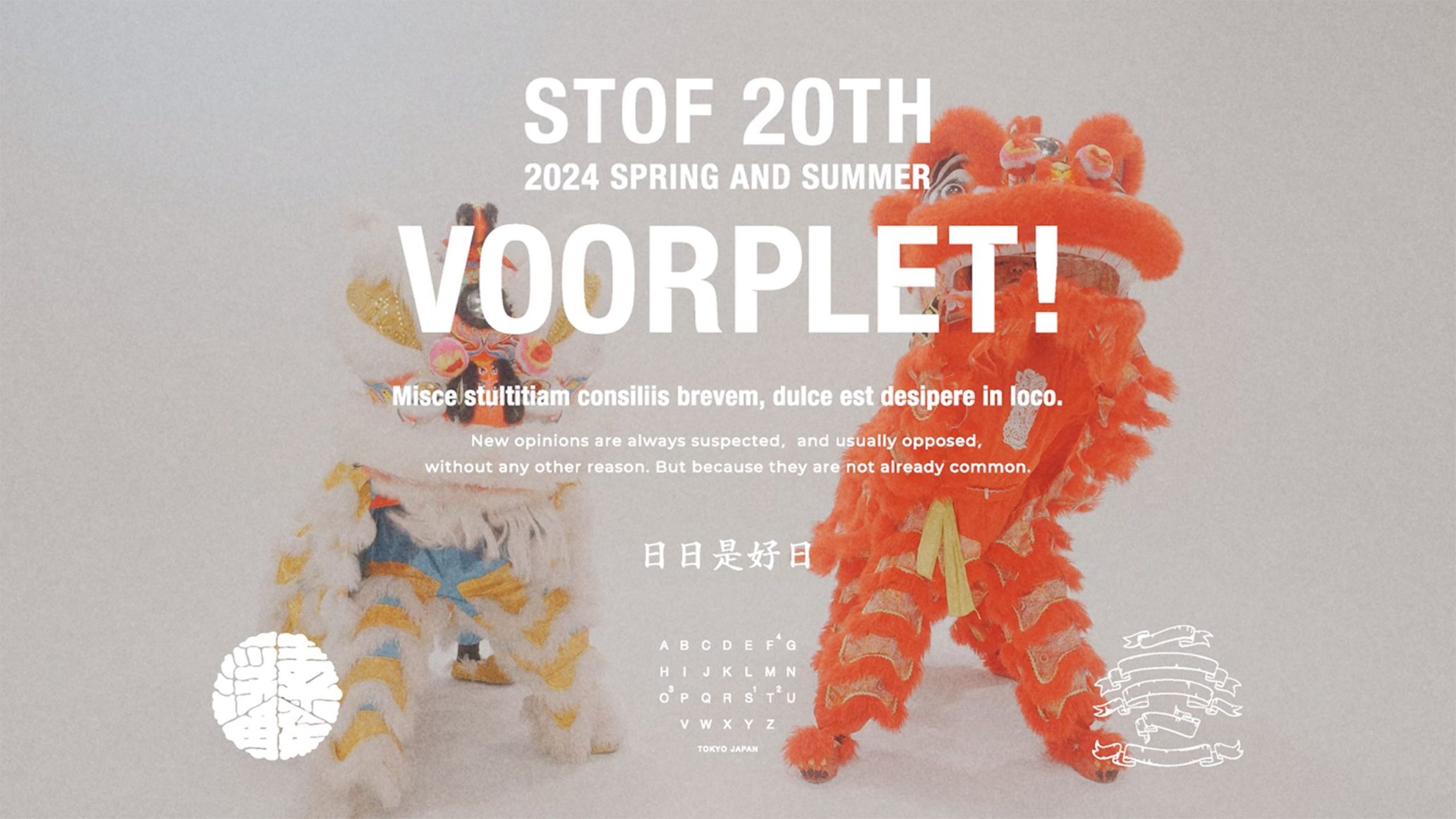
–First of all, congratulations on the 20th anniversary of your brand. What do you think is the reason why you have been able to carry on it this long?
Hiroshi Tanida (hereafter, Tanida): Thank you very much. I believe the styles proposed by STOF have a potential affinity with TOKION’s readership. However, to be honest, I imagine that not a few readers are just now learning about STOF for the first time. I think the reason why STOF has been able to bloom quietly for 20 years, even in such a shady environment, is because I have the support of my business partners, related parties, stores, customers, and other people who understand me well, and also because I simply have talent (laugh).
— What did you think at this important milestone?
Tanida: STOF hasn’t changed much, but I feel that the world has changed a lot.
–What do you mean by that?
Tanida: I kind of feel that everyone has become more serious. For example, the guidelines for parody, homage, and rip-off are no longer based on the common sense of the experts. Now, if the validity of something is in doubt, it is too easily insulted and criticized.
One of the most significant events that changed the situation was the rise of social media. Social media has its merits and demerits, and it is difficult to argue against the point that it is not harmful if used properly. Seemingly, it has a high affinity with fashion, but I think it is the least compatible with it. To be more specific, fashion snapshots seemed to be on the verge of prosperity through social media, but it actually stagnated because people could not shake off the discomfort of seeing the number of likes. Many unique brands disappeared or shifted to more authentic styles.
Global values and diversity are often lumped together, but they are actually the exact opposite. Personally, I have very little desire of showing off. So, I am acutely aware of my lack of affinity with social media. …… Sorry, I’m getting off topic.
–The brand name “STOF” means “cloth” in Dutch and the theme of the Spring/Summer 2024 collection, which will celebrate its 20th anniversary, is “Voorplet! (= Dutch word meaning the excitement before something fun is about to happen).” Do you have some kind of attachment to Netherlands?
Tanida: I have been to Europe quite a bit, but I have never been to the Netherlands. When I first started the brand, I felt sympathy for the creative attitude of the Dutch design group droog, and I wanted to make the brand name as meaningless as possible, so I chose “STOF,” which is simple in sound and appearance.
I am interested in common things and sensibilities shared non-linguistically by people worldwide, which are difficult to translate into many languages but can be understood when explained. As you just mentioned, “Voorplet” means the excitement before something fun is about to happen. I chose this word as the theme for the collection because I saw it as a synonym for “festivals,” where many people connect and rejoice in their land, religion, culture, and traditions. I would like to visit the Netherlands someday, but it is a coincidence that both words come from the Dutch.
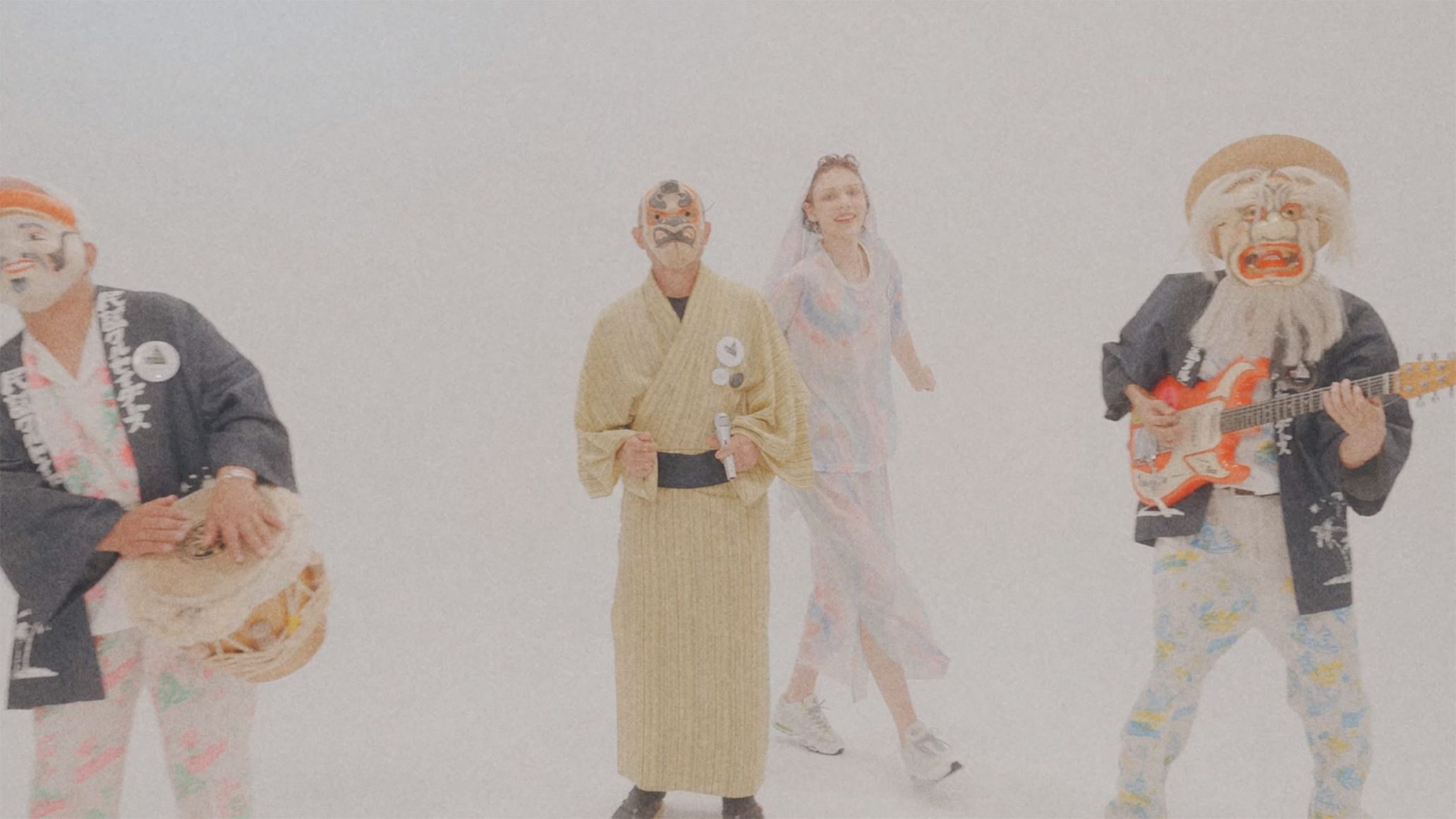
On the S/S 2024 collection “Voorplet!” presented through the video
–Why did you decide to present the collection as a video work rather than on the runway?
Tanida: If we were going to express the festive mood in the form of a runway, we wanted to create a performance that would make all the guests dance, but we thought it would not be easy to realize it without asking them to dance because of the nature of Japanese people. Also, we had decided to do something out of the ordinary, so we were torn between holding a music festival like the one we held in 2017 or making a video work. We wanted to record it and express our gratitude, so we decided to make it a work of art in the form of a video.

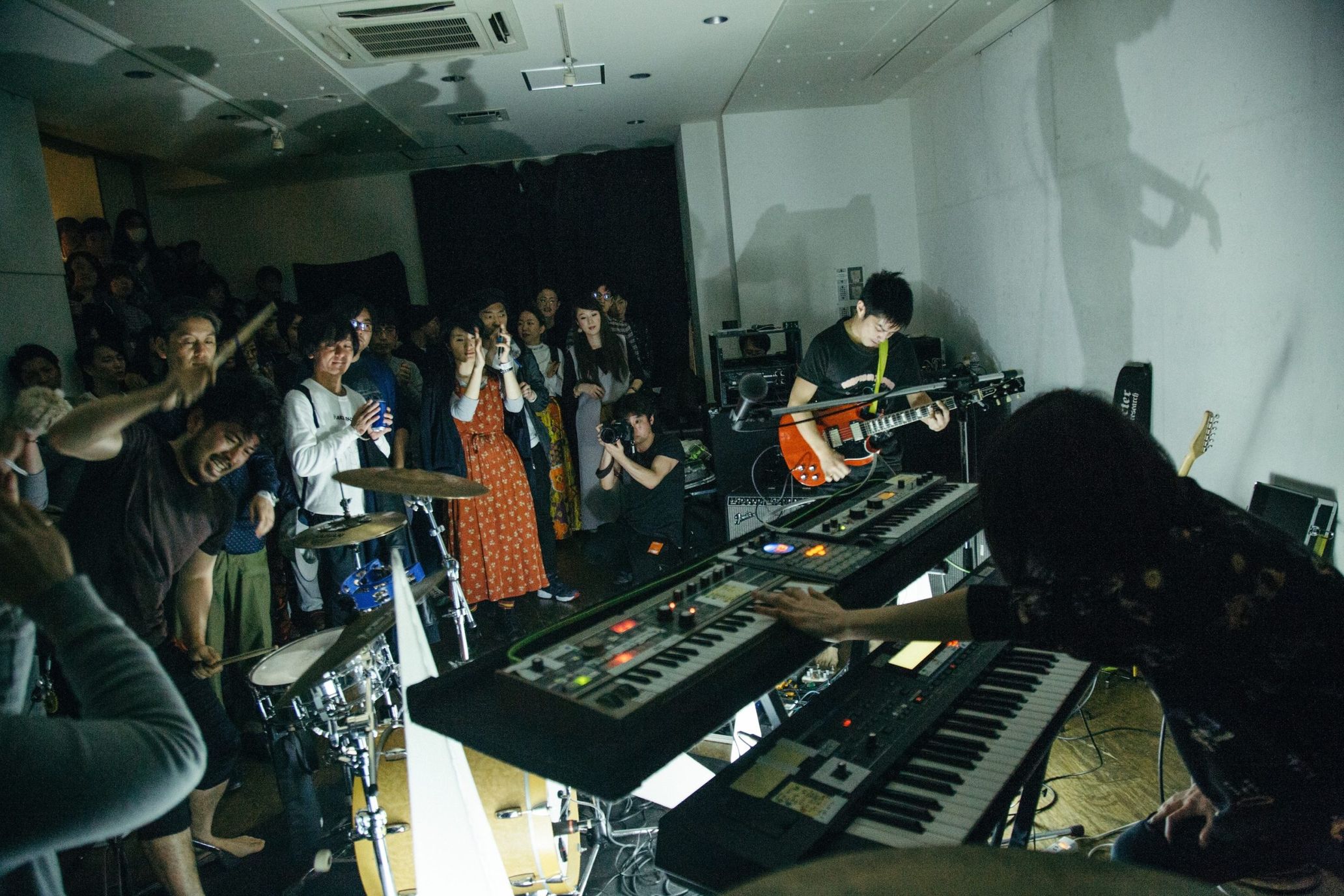
2017 “STOF” presents “自分の踊りを踊ればいいんだよ(Just Dance Your Own Dance)” at Ebisu Liquid Room
Photography Ryosuke Kikuchi
–Although STOF is a fashion brand, it seems to have a deep connection with culture, such as art and music. What kind of things do you draw inspiration from?
Tanida: I draw inspiration from various cultures, such as travel, music, manga, movies, and art. I am not what you would call a fashion person. I think of myself as taking what I have input in my life and outputting it predominantly in the form of fashion.
— The brand has an established reputation for its graphical designs, abstract silhouettes, and distinctive elaborated designs. What are the characteristics of your graphic and design work for the 2024 Spring/Summer collection? What points did you pay particular attention to?
Tanida: Graphically, festivals, and exuberance were the two main keywords, so I researched festivals around the world, such as Samba in Rio, Kukeri in Bulgaria, Holi in India, and Burning Man in Nevada, and fused them together to create a collage of graphics from festivals taking place nowhere in the world. In addition, we commissioned artist Kenichiro Mizuno to draw pictures of the Japanese-style evil spirits of the mountains and rivers and developed them into embroideries. Items with these embroideries are the main items of this season. As for the silhouette, we were particular about keeping it as simple as possible and focused on creating outdoor styles that people can wear in music festivals and redesigning traditional Japanese festival costumes.
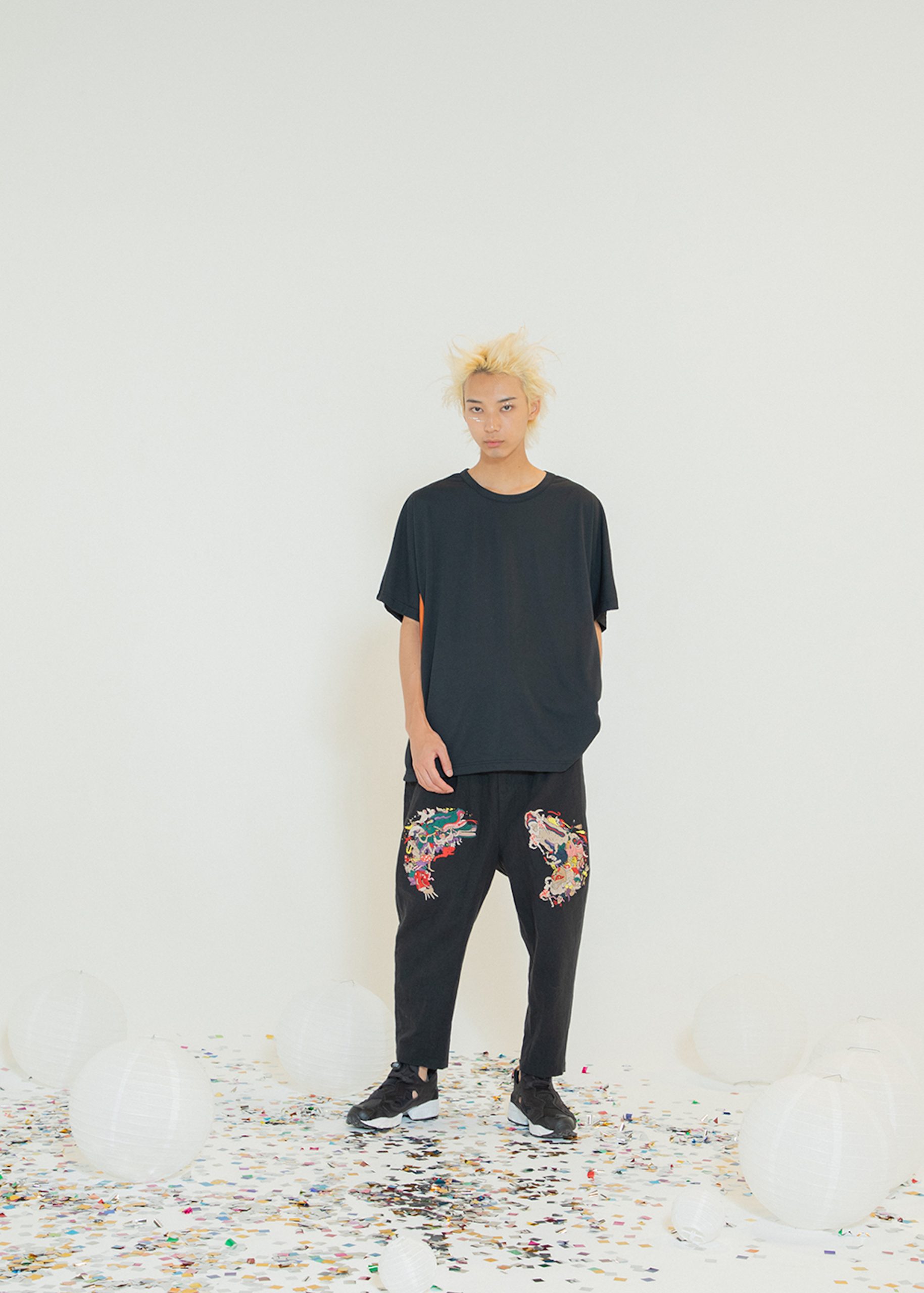
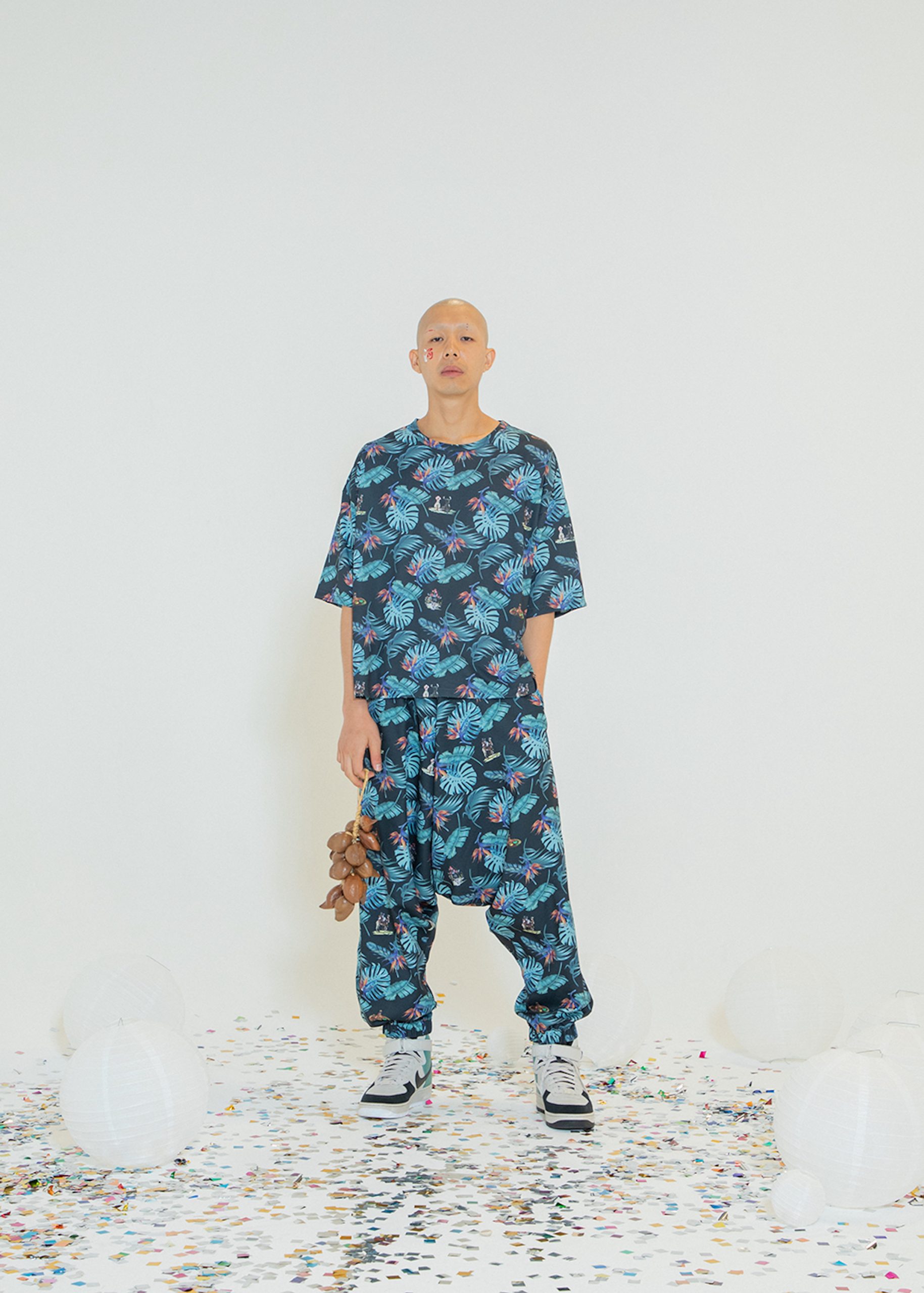

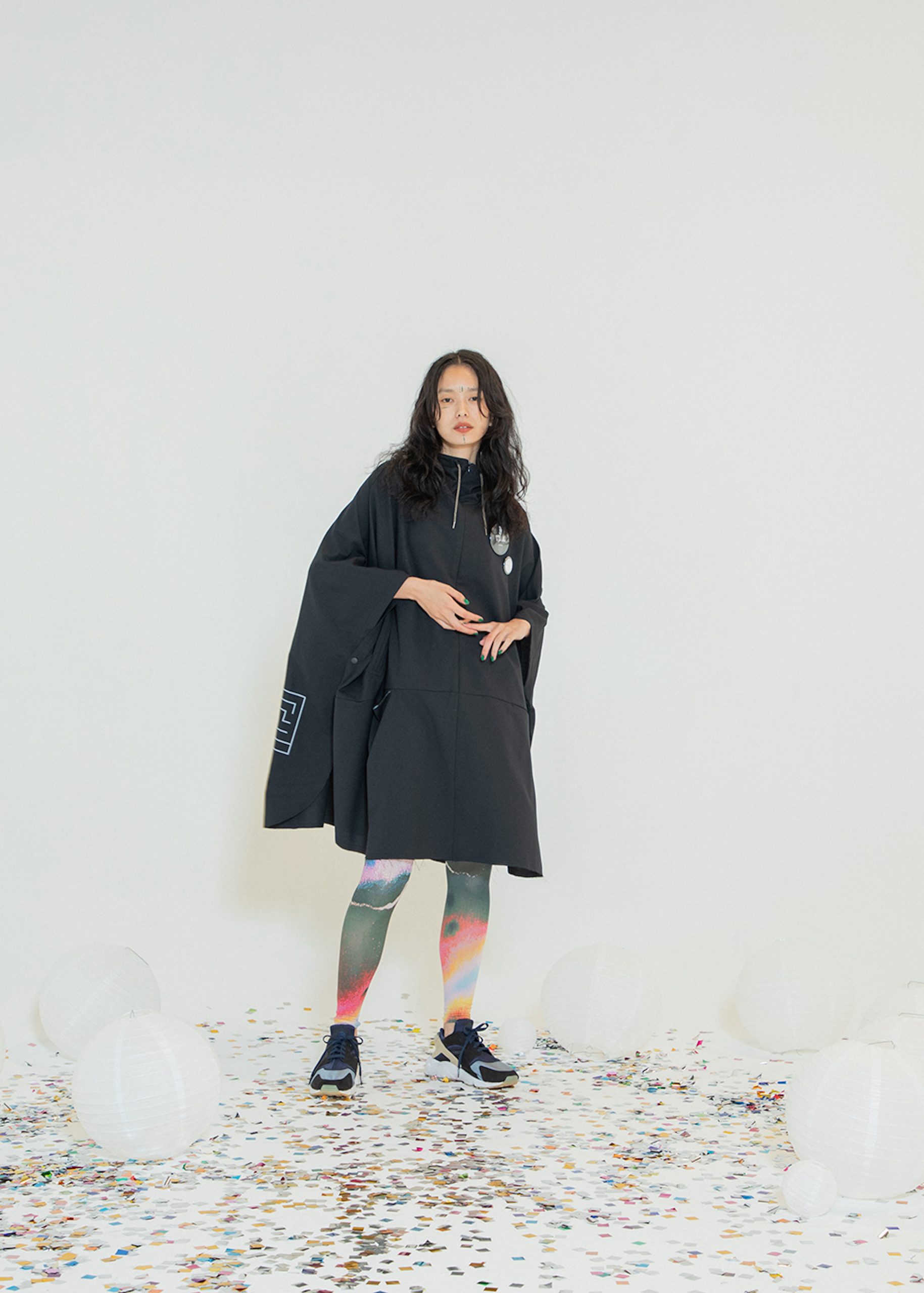
— So far, you have done business with many countries. Which countries have you found to have particular momentum?
Tanida: China is the one that I felt had the most powerful momentum in terms of fashion. Let alone Shanghai, but the cityscape of Chengdu was overwhelming. Even the cities of Wenzhou and Hangzhou, which you only hear a little about when you are in Japan, have a population of millions, and there are some good, decent stores. The overall level of creativity is still not incredibly high. Still, perhaps because there is a desire for freedom in the face of oppression, the works of local designers are full of a primitive joy of creation. Against the background as a country of production that can be described as the world’s factory, what has been lost from the current Japanese fashion is still alive here.
–You visited a lot of countries in the West. What kind of impression did you get from these countries?
Tanida: From what I experienced when joining several times in Fashion Weeks in Paris and New York, people in Paris were a bit authoritarian and not very interested in unfamiliar brands. However, the fact that brands and buyers gather from all over the world, including Europe, the Middle East, and Asia, is a significant attraction. Also, based on my modest first-hand experience, I would still recommend Paris as a place to visit as a buyer. Conversely, I often received vivid reactions in New York when people saw the products themselves. I was also struck by the fact that many people were seeking sexiness in the realm of fashion. I was often told that my products weren’t sexy, which is fair enough because my items were not intended to be sexy.
As for personal travel experiences, I drove around Iceland in Europe and the Golden Circle in the US, which were fantastic. But perhaps the most exciting places in the world right now are the countryside of Japan.
–While many people are turning their eyes overseas, there are many people who see the potential in Japan’s countryside and are engaged in interesting activities.
Tanita: This may not be the only case in Japan, but securing a spacious, pleasant, and beautiful space in metropolitan areas is challenging, partly due to land prices. In addition, both information and goods are saturated, and there is often competition for them. Even if there is a manager with outstanding sensibility, it isn’t easy to have everything at a satisfactory level, including space and product lineup. In this respect, it is easy to clear those issues in a rural area, so it is possible to create ambitious stores without fear of risk. The same applies to the lodging and restaurant industries, leading to more attractive stores and towns in rural areas. Recently, with the spread of social media, the regional disparity in information has been eliminated, so this trend will further accelerate.
–In addition to STOF, you are involved in quite a number of fashion brands such as “bedsidedrama,” outdoor brand “NEYVOR,” kids’ brand “K/A/A,” “Too Much Life Wear,” and “PANTARHEY,” which you work on with Takao Suzuki of UNISON SQUARE GARDEN. That is quite unusual for a designer. How did you come to this situation?
Tanida: Since I have always had multifaceted interests, producing output only under one brand is difficult for me. I also like to do new things. I don’t think I have the temperament of an artist, and I am simply fast at designing.
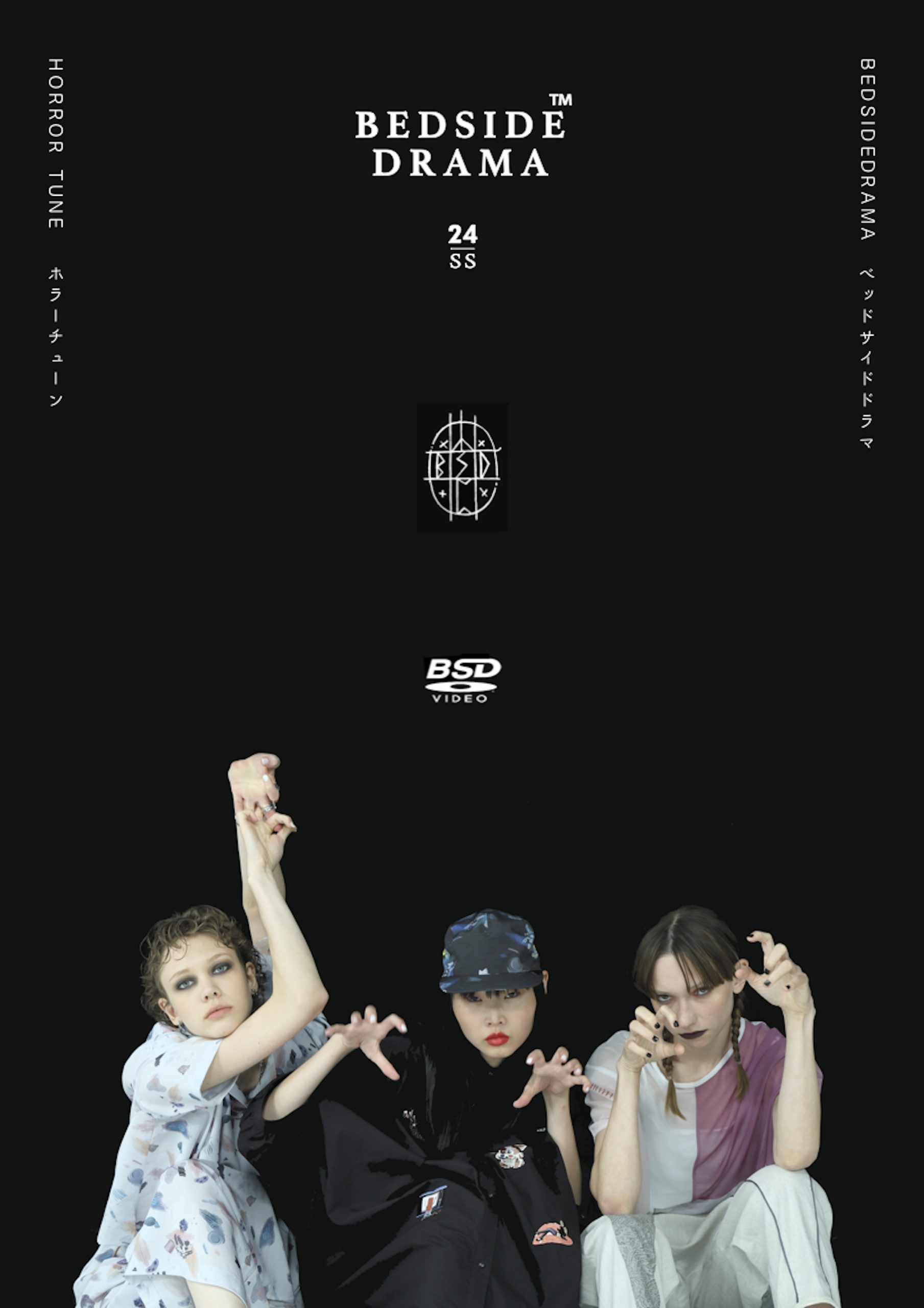
–I see, so speed is also necessary to start a brand. Do you have any other advice for young people who want to become fashion designers?
Tanida: Frankly speaking, I would say that aiming to become an independent designer now is too hard, so don’t do it (laughs). If you still want to do it, you should put effort into raising your status before launching a brand. It could be something as simple as creating a nice store in a local area or becoming famous as a comedian or YouTuber, for example. I think it is better to have something other that will make you believe that, “even if this doesn’t work out, I can still make a living with that,” before you start making things so that you can make good things.
Remember to have room, love, and humor, and show us something that makes us say god-damnit!

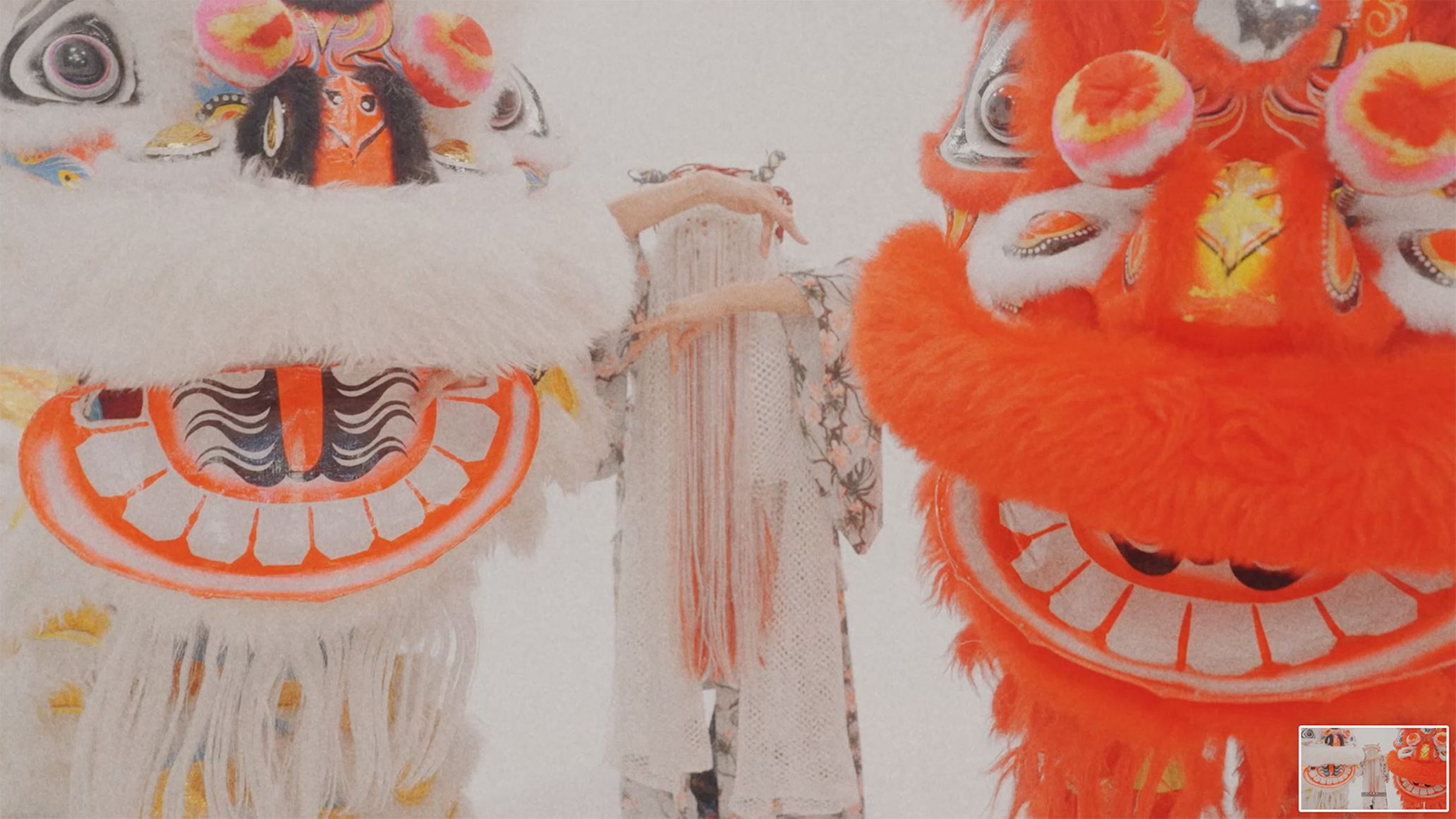
–Do you have any dreams that you would like to do or achieve in the future?
Tanida: I want to do all kinds of things, as I have wanted for a long time. I have many interests, such as travel, writing, graphics, food, and drink. I want to make 20 years a milestone and keep doing new things without being particular about fashion or Tokyo as a place, so I am looking forward to hearing from anyone with a heart. As for what I have already decided to do, I plan to hold a spooky story event called “ATARAYO ” next spring, so please come and check it.

